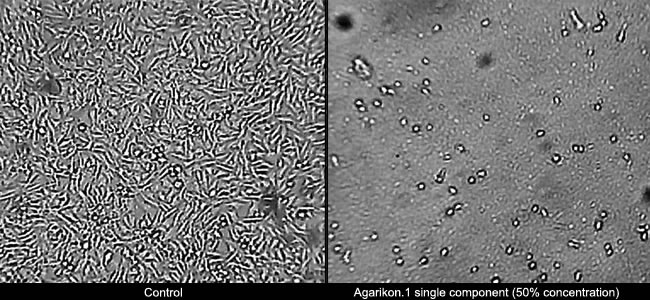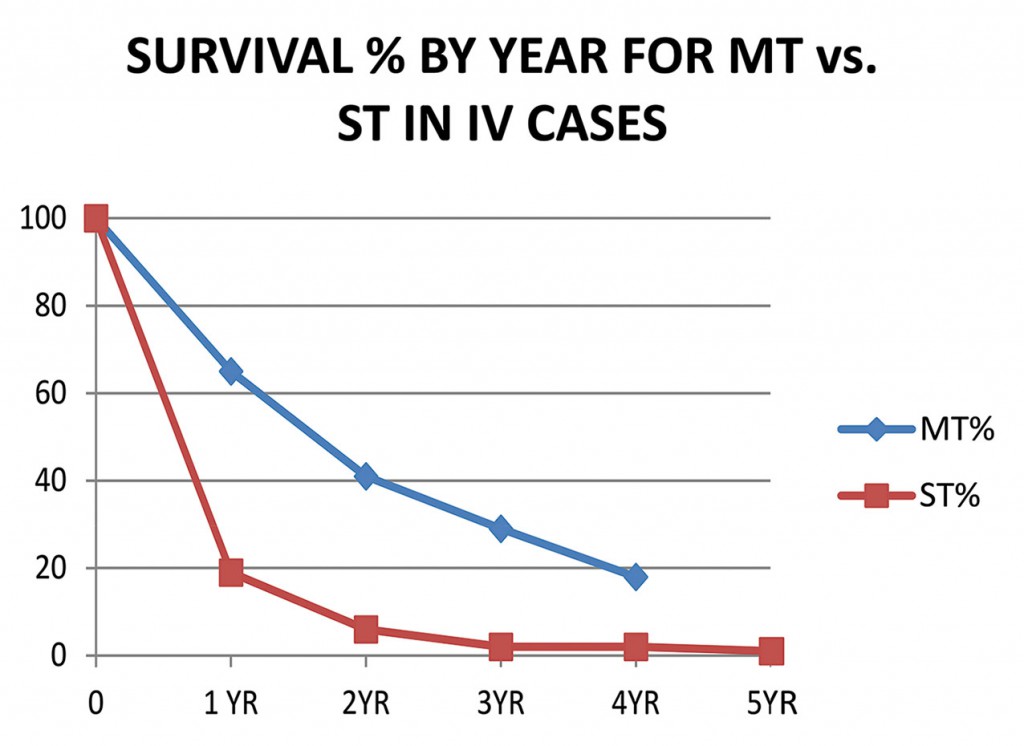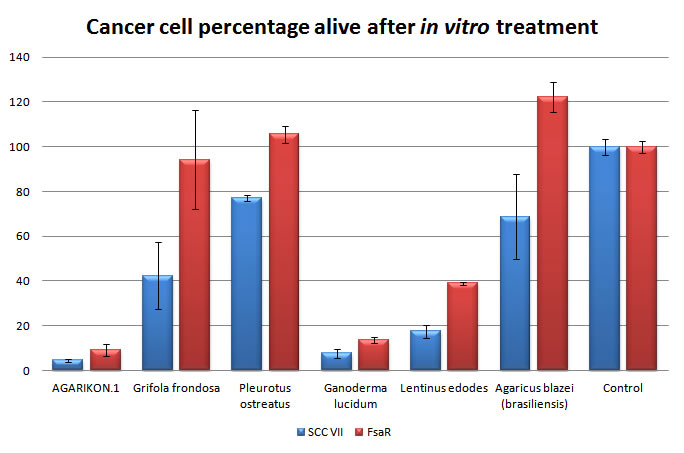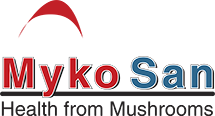How We Developed Agarikon.1
Agarikon.1, a medicinal mushroom extract specially formulated to fight cancer, is a result of long-term, comprehensive research. It works in the lab, in vitro (cell cultures) and in vivo (on animal models). What separates Myko San’s Agarikon.1 from other products that contain healing mushrooms (e.g. Ganoderma lucidum, reishi; Lentinus edodes, shiitake; etc.) is that we also know our extract blend works in humans – we have conducted 3 human cohort studies during development.
In addition, we have analyzed the medical records of more than 20,000 users over a 20-year period. After a detailed follow up and statistical analysis, we have refined our products, dosage, and regimen. Repeating this process several times, we have greatly improved the efficacy. We were less dependent on guesswork or blindly following traditional advice, and more on science and experimental data. No competitor has done a similar preparation – and it shows in all comparative research.

Left is the control; on the right a 50% concentration of a single Agarikon.1 component demonstrating a direct cytotoxic effect (killing cancer cells).
Source: Rudjer Boskovic Institute

I. Jakopovich, New Dietary Supplements from Medicinal Mushrooms: Dr Myko San–A Registration Report, International Journal of Medicinal Mushrooms, Vol 13 i3 p.307-313, 2011

Source: Rudjer Boskovic Institute
